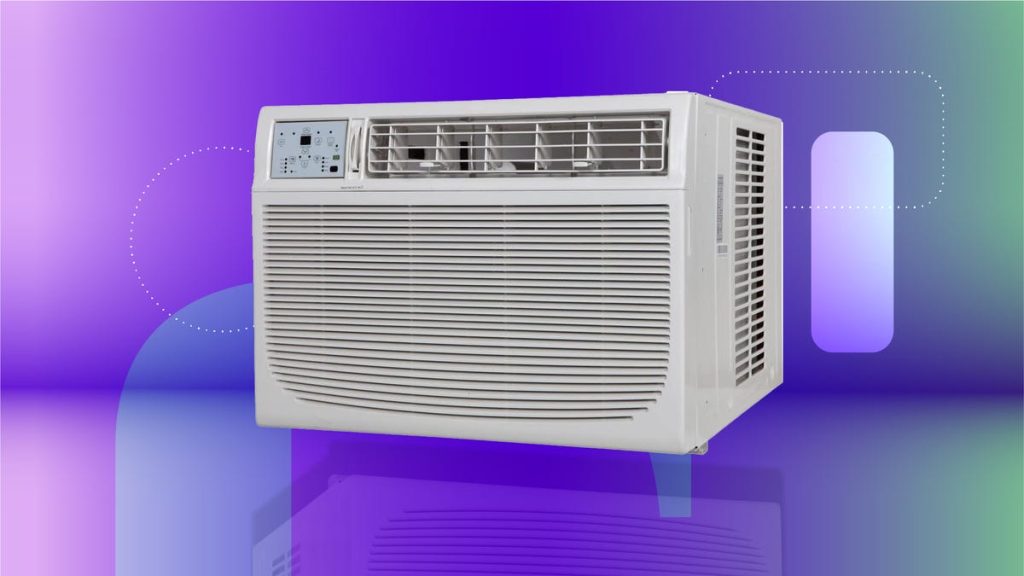The performance charts show how various air conditioning units fared in tests. In the first test, the Keystone unit ranked first among larger units, maintaining a set temperature of 68 degrees Fahrenheit for 54.3% of its run time. The Toshiba unit followed with 35.1%, and the Frigidaire unit with 26.5%. Among smaller units, the GE Profile AHTT08BC performed exceptionally well, maintaining the set temperature for 94.7% of its run time. The GE unit followed with 32.5%. While the larger and smaller units were not directly compared, the AHTT08BC performed the best overall in maintaining the set temperature.
In the second test, which assessed how well each unit maintained its lowest temperature, results were more closely grouped. The Frigidaire unit among the larger units ranked first with 58.9%, followed by the Keystone and Toshiba units. Among smaller units, the GE Profile AHTT08BC again performed well, maintaining its lowest temperature 61.6% of the time. The GE AHEC05AC came in at 53.6%. When analyzing temperature changes over time, the larger units showed similar patterns as they worked towards the 68-degree set temperature. In contrast, the smaller units revealed differences, with the GE Profile AHTT08BC cooling much faster than the AHEC05AC. However, the AHTT08BC exhibited more dramatic temperature changes, while the AHEC05AC cooled more slowly with less variation overall.
Overall, the performance charts provide valuable insights into how each air conditioning unit performed in tests. The Keystone unit stood out among larger units for maintaining a consistent set temperature, while the GE Profile AHTT08BC excelled among smaller units. It is important to note that the comparison between larger and smaller units was not direct, but the AHTT08BC performed impressively across all tests. The results also highlight the differences in how quickly units achieved and maintained set temperatures, with some units showcasing more rapid cooling but greater temperature fluctuations.
These findings can help consumers make informed decisions when selecting an air conditioning unit, as they offer a detailed analysis of performance metrics such as temperature maintenance and changes over time. Understanding how each unit fared in tests can assist individuals in choosing the most suitable option based on their specific needs and preferences. By considering factors like temperature consistency and cooling speed, consumers can identify the unit that best aligns with their requirements for indoor climate control. The performance charts serve as a valuable resource for evaluating the effectiveness and reliability of different air conditioning units in various scenarios.


